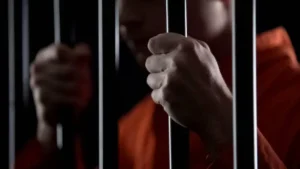Lawmakers in the Alaska House approved the capital budget for 2025 on Wednesday, advancing a modest construction and renovation package statewide. The House passed Senate Bill 57, the official capital budget, by a 21-19 vote split cleanly along caucus and party lines.
This year’s proposal includes just $167.9 million in general-purpose funds, reflecting tight oil revenues and decreased federal financial support. In contrast, lawmakers spent over $750 million on infrastructure two years ago, but economic conditions limited options for 2025 planning.
Representative Calvin Schrage, co-chair of the capital budget committee, said the team had to reject many worthwhile projects this year. He noted lawmakers still made meaningful investments despite budget constraints and the need to prioritize essentials over discretionary projects.
One primary focus was allocating $57.2 million to the Alaska Department of Transportation to unlock over $2 billion in federal grants. These matching funds allow Alaska to access large-scale federal infrastructure money without relying entirely on state-generated general-purpose revenue.
Scharge said prioritizing deferred maintenance helped stretch the budget to cover critical needs at schools and state-owned facilities statewide. Senators added $19 million for public school maintenance, and the House doubled that, fully funding the top nine repair projects.
Senator Bert Stedman said the House and Senate agreed to split discretionary funding evenly, meaning most requests received no funding. Stedman said nobody would get anything, as most lawmakers’ local project requests, like park lights or community upgrades, were denied.
One exception came from the House, which restored $500,000 for a Blood Bank of Alaska lab requested by the governor. Lawmakers also shifted expenses to alternative funding sources like AIDEA accounts to limit the use of earnings from the Permanent Fund.
Governor Dunleavy requested $7 million for a state employee system, but lawmakers reduced it and used alternative money to fund it. Schrage emphasized fairness in decisions denying or reducing requests without favoring a political party, region, or individual lawmaker districts.
Next, the budget returns to the Senate for concurrence before heading to Governor Dunleavy, who holds the veto authority. The 2025 capital budget represents a restrained fiscal approach shaped by declining revenues and the need for long-term investment discipline.











